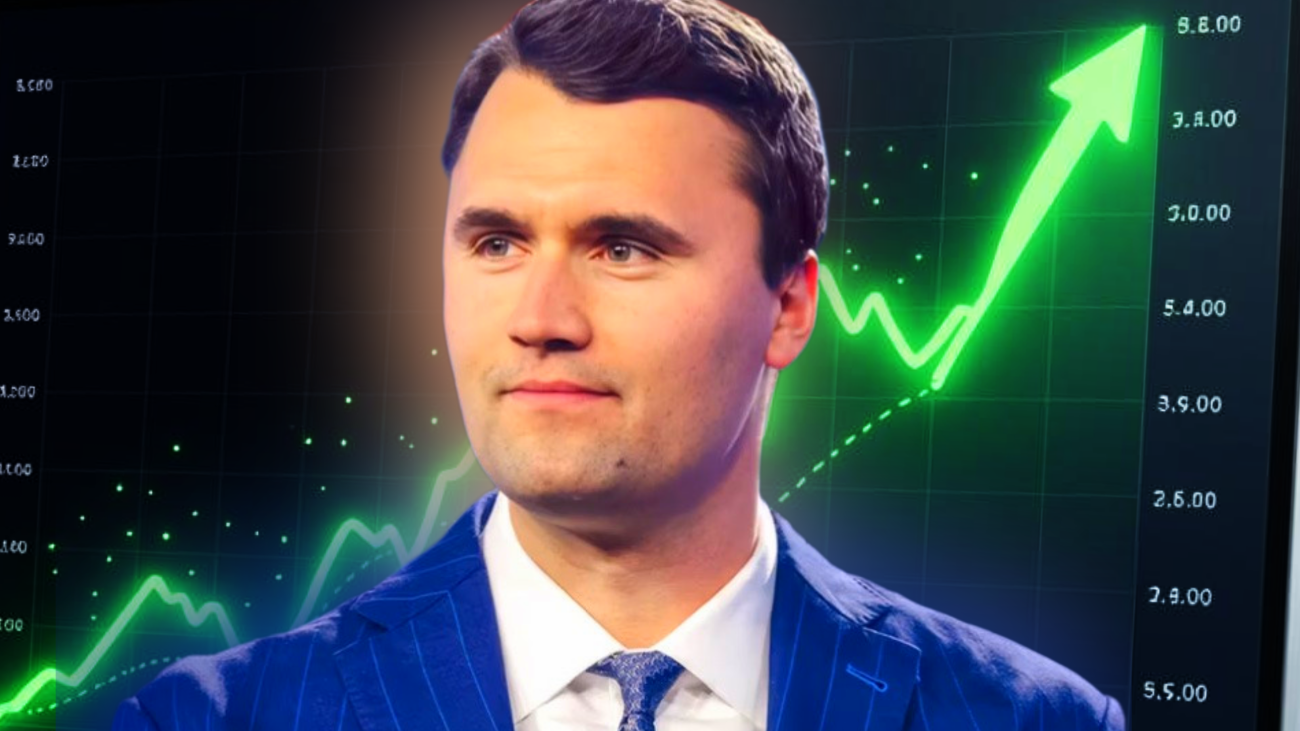15 Year Performance - Finally, we see how these instruments performed over an even longer time frame, which almost extends back to the initial launch of TQQQ in 2010.
By stretching back another five years—and thereby including another time frame with no major market crises—leveraged ETF relative performance looks even better.
In rough terms, while QQQ delivered a more than respectable 1,300% return, QLD delivered a 6,500% return (about 5 times), and TQQQ delivered a 19,000% return (about 15 times)!
When it works… it works
As we have reviewed commentary about leveraged ETFs online and in the media, they are consistently characterized as financial instruments that are best suited for traders looking to make concentrated bets on short-term market movements.
The main criticism—and it’s a fair one—is the risk of volatility decay, as discussed above. The longer you hold a leveraged ETF, the greater the chance of running into a market crisis.
There is some irony to this perspective, however. Leveraged ETFs have ranked among the best performing long-term investments in the history of markets!
Who would take a time machine back to 2010 and advise their younger self to avoid TQQQ because it is too risky? A $1,000 investment 15 years ago would have grown to almost $200,000.
For many investors, the volatility and potential for extreme losses are too high. This is completely understandable.
But risk, as we have consistently emphasized in all of our commentary, cuts both ways.
The opportunity cost of missing an exceptional investment can far exceed the worst case scenario associated with any investment in a stock, a fund or even a crypto asset (i.e., 100% permanent loss).
The Nasdaq-100 is hovering around all-time highs at the moment. While we have a generally positive long-term outlook for stocks and even tech stocks, we are hardly in circumstances similar to March 2020, when investors were panic selling and Charlie bought.
One might rationally take from this that these are not compelling circumstances to buy leveraged ETFs on any stock indices, given the severe negative impact that a sharp market sell-off, even a temporary one, could have on performance.
Have we seen the last sharp market correction of our lives? Probably not.
For investors who are hesitant to assume this risk when market sentiment is so strong, this discussion may not be immediately relevant. But that’s okay.
Investors should always have tools and strategies in mind so they are prepared when markets do shift into negative territory, as they inevitably will.
Managing risk
The key to risk management is not avoiding risk altogether, but taking calculated risks with a full understanding of the potential for negative consequences.
An investor is able to limit the potential damage of any bad investment through position sizing.
If a particular investment is attractive but risky, either in the sense of having high volatility or elevated potential for failure, a prudent person can still make the investment. Just invest a smaller amount.
Many people would recommend avoiding leveraged ETFs altogether. Our view is that they can be used judiciously by long-term investors who want exposure to the vast upside potential they have to offer if markets evolve in a favorable way.
Leveraged ETFs are best viewed as complements to a portfolio, rather than core elements.
If one chooses to buy a leveraged ETF at some point, one might consider an investment that is sized comparably to how much capital one might put into an individual stock.
These ETFs are similar to shares of stock in a particular company in that long-term downside risk potential is higher than an investment in a diversified index like the Nasdaq or S&P 500.
TQQQ versus QLD
For investors intrigued by leveraged ETFs, one important takeaway from the historical analysis is how relatively well QLD (the double leveraged instrument) fared versus TQQQ (the triple leveraged instrument) in different scenarios.
QLD strikes us an interesting middle ground for long-term investors. It is less susceptible to volatility decay in the event of severe market stress.
We saw QLD’s relative resilience in the 1 and 5 year performance charts—time frames in which markets experienced sharp declines along the way but underlying index performance was ultimately strong. QLD performed nearly as well as TQQQ in these stretches.
At the same time, QLD did provide exceptional returns—perhaps not quite as high as TQQQ but far higher than QQQ—across the longer time frames.
As a relatively lower risk investment versus TQQQ, an investor could potentially commit more capital to QLD than he or she might be willing to commit to TQQQ.
What Charlie taught us
Charlie Kirk lived a courageous life. He had a high risk tolerance for investing as well, guided by his conviction in the long-term success of the United States.
When Charlie made the investment, he was in his twenties. As he explained on the podcast, he was very rationally taking a long-term perspective and investing with a long time horizon.
His life was cut short, but his young wife and children will benefit from the secure economic foundation he built for them through both his hard work and intelligent approach to his savings.





